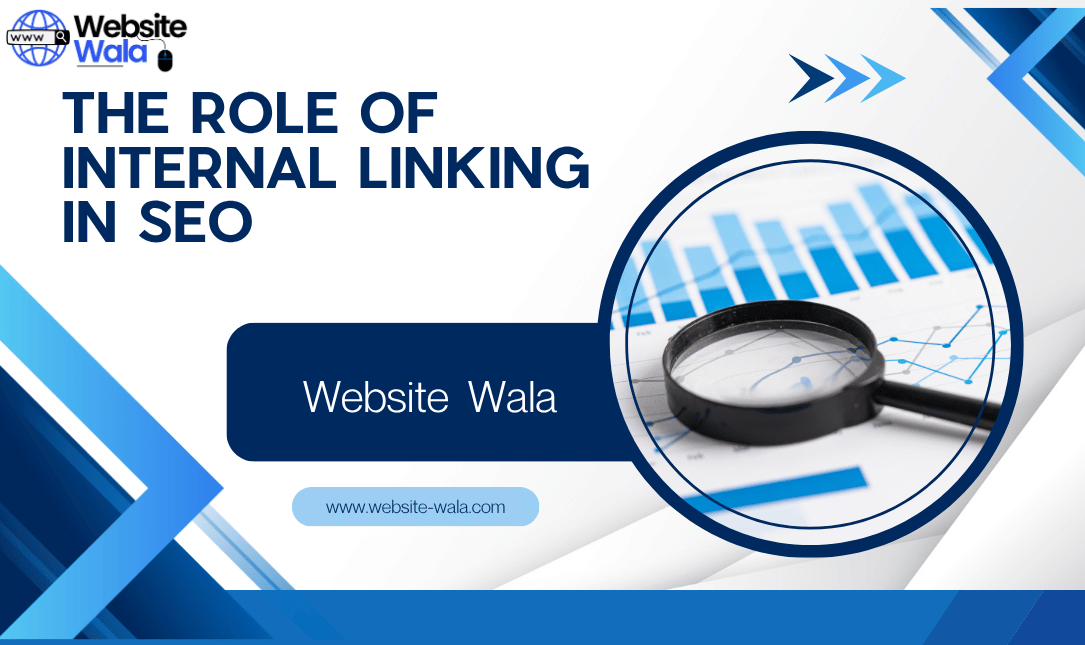
Learn how Core Web Vitals impact SEO and website ranking. Discover strategies to improve loading speed, interactivity, and visual stability to enhance user experience and boost your search engine performance.
Understanding the Impact of Core Web Vitals on SEO
In the ever-evolving world of search engine optimization (SEO), staying on top of the latest trends and updates is crucial for maintaining and improving your website's ranking. One of the most recent developments that website owners and SEO professionals need to pay attention to is Google's Core Web Vitals.
What are Core Web Vitals?
Core Web Vitals are a set of specific factors that Google considers important in a webpage's overall user experience. These factors include loading speed, interactivity, and visual stability. By focusing on these metrics, website owners can improve the quality of their site and provide a better experience for users.
How do Core Web Vitals Impact SEO?
Google has indicated that Core Web Vitals will become a ranking factor in its algorithm starting in June 2021. This means that websites that perform well in terms of loading speed, interactivity, and visual stability are more likely to rank higher in search engine results pages (SERPs). By prioritizing these key metrics, website owners can improve their SEO performance and increase their chances of getting more organic traffic.
Strategies to Improve Core Web Vitals
Now that we understand the importance of Core Web Vitals for SEO, let's explore some strategies to improve these metrics and enhance your website's performance:
1. Loading Speed
One of the most critical factors in Core Web Vitals is loading speed. Users expect websites to load quickly, and if a site takes too long to load, they are likely to bounce and look for alternatives. To improve loading speed, consider the following tactics:
- Enable browser caching to reduce server response time.
- Optimize images and other media files to reduce file sizes.
- Minimize HTTP requests by combining CSS and JavaScript files.
- Use a content delivery network (CDN) to distribute content closer to users.
2. Interactivity
Interactivity refers to how responsive a website is to user input. Websites that are slow to respond to user actions can lead to a frustrating experience. To improve interactivity, consider the following strategies:
- Minimize JavaScript execution time by removing unnecessary code.
- Optimize server response time by upgrading your hosting plan or server infrastructure.
- Implement lazy loading for images and videos to defer their loading until they are visible on the screen.
3. Visual Stability
Visual stability refers to the extent to which page elements shift around as the page loads. A website that experiences unexpected layout shifts can be disorienting for users. To improve visual stability, consider the following best practices:
- Specify image and video dimensions to reserve space on the page.
- Avoid inserting content above existing content, which can push down the page and cause layout shifts.
- Use CSS animations and transitions responsibly to prevent sudden movements of page elements.
Enhancing User Experience and SEO Performance
By focusing on improving Core Web Vitals, website owners can not only enhance the user experience but also boost their search engine performance. Websites that load quickly, respond promptly to user input, and maintain visual stability are more likely to rank higher in search results and attract more organic traffic.
Moreover, a website that provides a seamless user experience is more likely to engage visitors, reduce bounce rates, and increase conversions. Ultimately, investing in optimizing Core Web Vitals can have a significant impact on the overall success of your website.
Core Web Vitals have become an essential aspect of SEO, influencing website ranking and performance in search results. By understanding the impact of loading speed, interactivity, and visual stability on user experience and SEO, website owners can take proactive steps to improve these metrics and enhance their website's performance.
Remember, Google's algorithm continues to evolve, and staying ahead of the curve by prioritizing Core Web Vitals will give your website a competitive edge in the ever-changing digital landscape.























